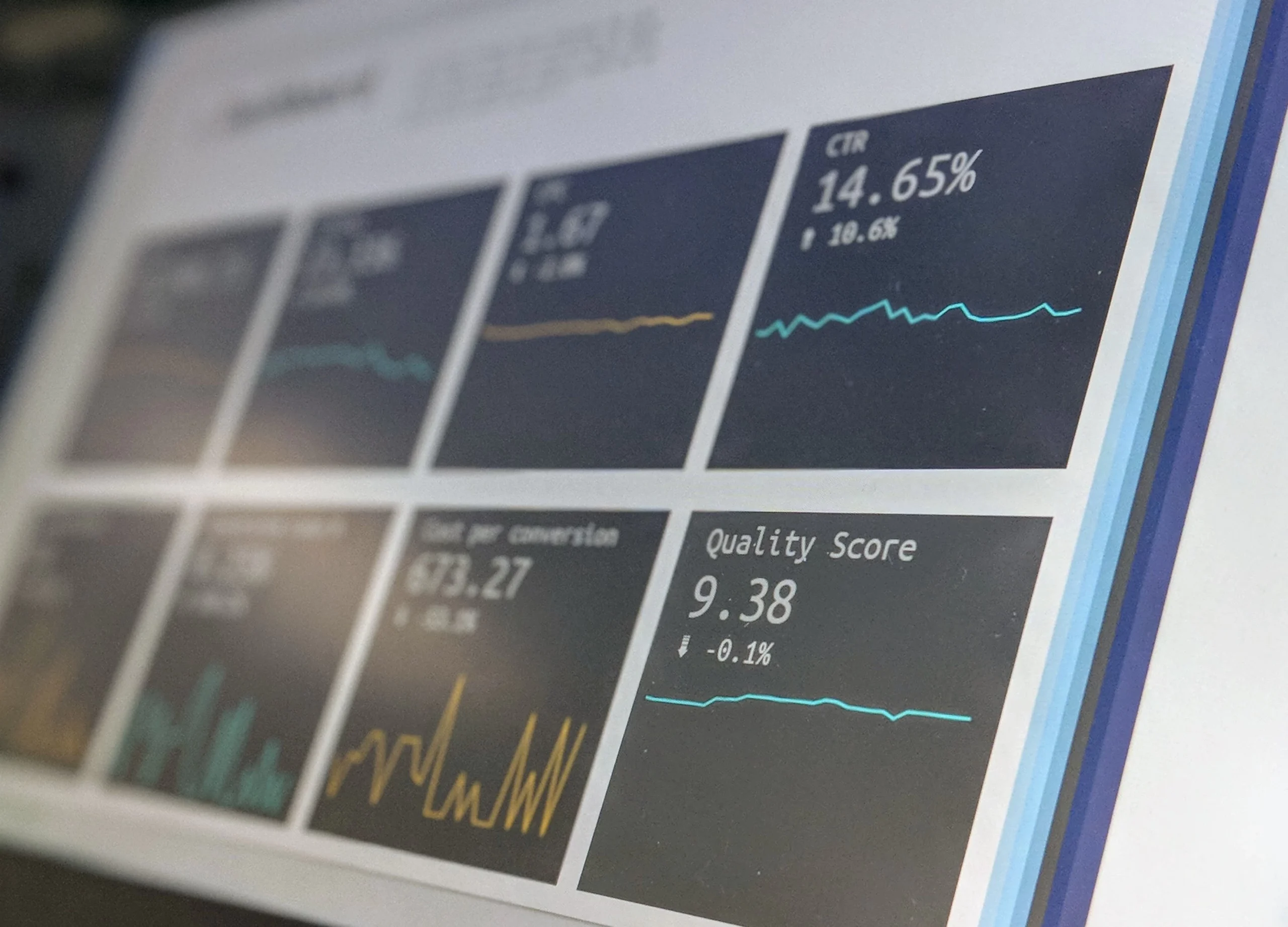Table of Contents
Introduction
In today’s app advertising landscape, performance marketing decisions are not made on measurement tools or media channels. Instead, these decisions are made on business intelligence (BI) and reporting tools. The complexity of data in mobile optimization for marketing funnels requires robust tools to source, clean, aggregate, and visualize the data in order to provide meaningful insights. Mobile measurement tools (MMPs) play a role in attributing data, but they are not customized to the specific goals of individual advertisers. On the other hand, BI tools like Appsumer are designed to analyze performance campaign outcomes and provide optimization insights. This article will explore the importance of BI tools in mobile optimization for marketing funnels and how they compare to MMPs.
Part 1: The Need for Business Intelligence in Mobile Optimization
The Complexity of Data
Mobile measurement tools (MMPs) are essential for collecting and attributing post-back data from publishers to advertisers. However, MMPs are not built to handle the individual complexities of every advertiser. They focus primarily on attribution and do not provide tailored optimization insights. In contrast, BI tools like Appsumer are specifically designed to help advertisers make better optimization decisions by providing them with the necessary information. This includes understanding which optimization levers are working, drilling down campaign performance data, and providing custom visualizations of the entire campaign journey.
Full-funnel Insights
One of the biggest resources required for app businesses to fast-track growth is time. Running campaigns across demographics and multiple channels requires hours of data crunching. Aggregating datasets from various channels and making them cohesive involves a significant investment of time and resources. This is where BI tools excel. They handle the scale problem by streamlining data normalization and offering aggregated metrics that are meaningful to the campaign and business. With BI tools, app businesses can gain full-funnel insights without the need for extensive data crunching.
Part 2: MMP Vs BI: Marrying Performance Data to the Big Picture
Data Limitations in MMPs
MMPs differ in their approach and interpretation of performance data. This is particularly evident in the treatment of iOS ad campaigns. Apple’s SKAdNetwork (SKAN) introduced additional complexity to the mobile ad measurement process, limiting tracking and weakening optimization and user-targeting. MMPs have had to create their own conversion models to bridge this gap, but these models have limitations. Additionally, some MMP solutions are tailored to specific verticals, leading to potential data complexity and fragmentation. BI tools bring order to this chaos by enabling aggregation and classification of disparate datasets.
Shifting from Measurement to Context
Measuring campaign performance is only half the battle. Understanding the context behind the data is crucial for making optimization decisions. MMPs provide campaign post-back data but lack the context needed to paint the full picture. BI tools, on the other hand, offer a comprehensive view of performance data, allowing advertisers to analyze metrics, budgets, and granular details to determine optimization strategies. By shifting the focus from measurement to context, BI tools provide a more holistic approach to mobile optimization.
Part 3: What’s Shifting beneath a Mobile Marketer’s Feet
The Impact of User Privacy Revolution
The mobile advertising ecosystem has undergone significant changes in recent years. The COVID-19 pandemic disrupted many businesses and their growth plans, leading to a shift toward online and app-based shopping. Furthermore, the user privacy revolution led by Apple and Google has further reshaped the mobile ad landscape. Apple’s App Tracking Transparency (ATT) policy restricted advertiser access to ad campaign data, creating complexity in performance metrics. Google is also set to introduce its own data privacy rules for Android advertisers. These changes have added more variables and complexity to the performance funnel, making it essential for mobile marketers to adapt and find new solutions.
Simplifying Data Complexity with BI Tools
With the increasing complexity of the advertising data landscape, mobile marketers need tools that simplify data analysis and provide meaningful insights. BI tools like Appsumer are well-equipped to handle this complexity by offering streamlined data processing, customized visualizations, and comprehensive performance metrics. By shifting the data crunching and insight generation work to a BI solution, mobile marketers can save time, resources, and maintenance efforts. This allows them to focus on the most crucial factors for assessing ad performance, ultimately driving the growth of their app business.
In conclusion, mobile optimization in marketing funnels requires robust tools to handle the complexity of data. Business intelligence (BI) tools like Appsumer offer a comprehensive solution by providing custom visualizations, aggregated metrics, and full-funnel insights. These tools simplify the data analysis process and help advertisers make better optimization decisions. Mobile measurement tools (MMPs) have their role in attribution, but they lack the customization and context provided by BI tools. With the increasing complexities of the mobile ad landscape, BI tools are becoming essential for the success of app businesses.
